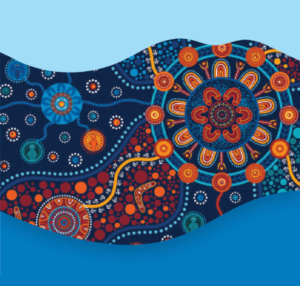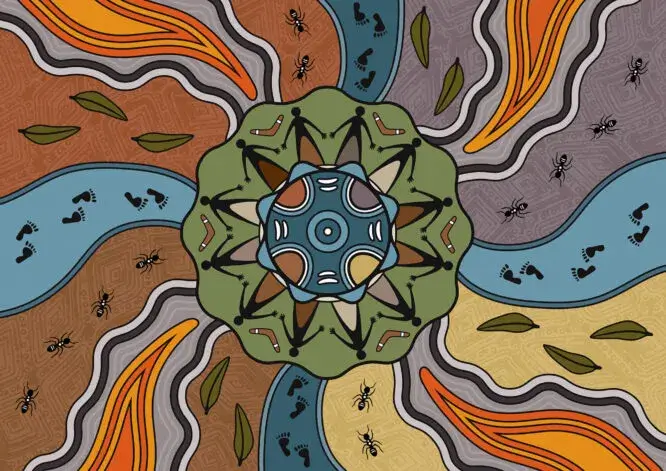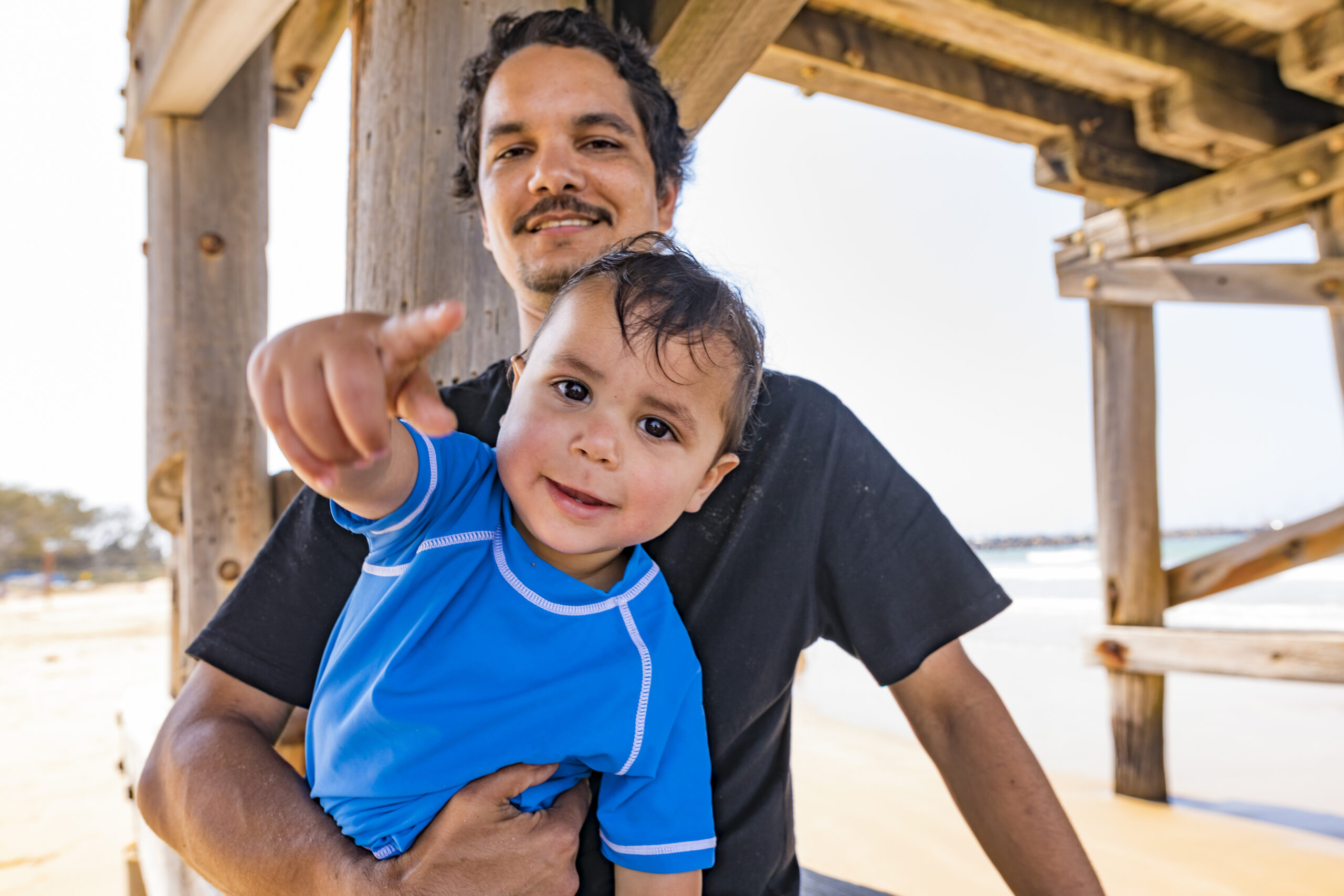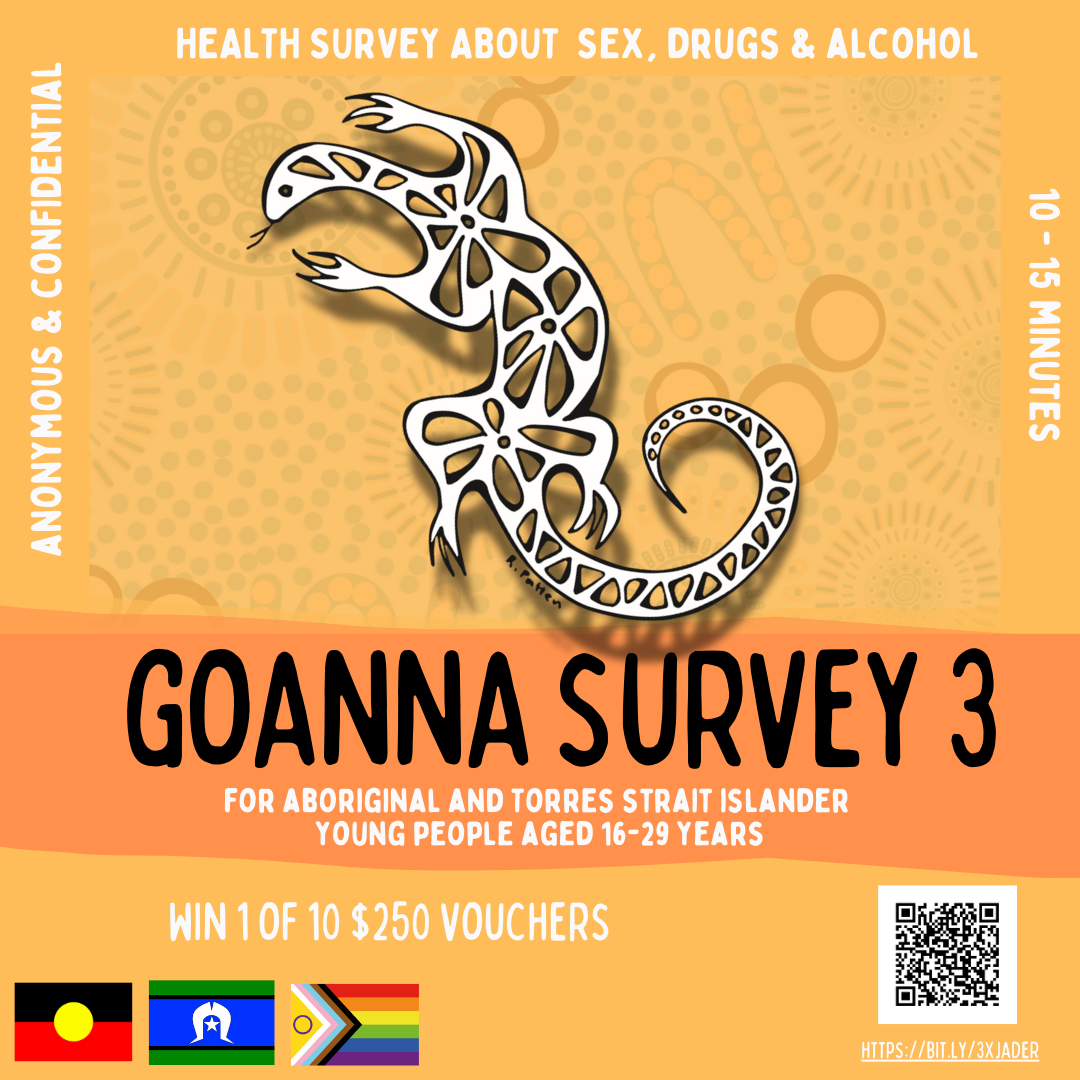NSW has already been experiencing days of extreme heat in the last few weeks. This summer, further heat extremes and subsequent bushfire risks are expected, which can have devastating effects on individuals and communities. Everybody needs to be prepared but especially those who are older, have kids, are pregnant, have health issues, or work outdoors.
To help your community to Beat the Heat:
- Give advice on staying indoors during the hottest part of the day, limiting physical activity to the cooler morning hours and finding shade if they are outside
- Encourage everyone to drink water regularly, even if they don’t feel thirsty. Babies, children and older people are particularly vulnerable to dehydration in hot weather.
- Remind those in your community to keep homes cool by closing curtains, using AC or fans, and offer other tips on keeping cool.
- Help patients understand how heat affects their health, especially if they have a medical condition.
- In case of emergencies or power failure, help patients to plan ahead with access to adequate supply and appropriate storage of their medications.
- Encourage everyone to regularly monitor the weather to prepare for severe conditions in advance. See our useful resources below.
- Promote the importance of staying connected with family, friends and elders.
To prepare communities for Bushfire Smoke:
- Give advice on smoke’s health impact available on the NSW Health website: Protect yourself from bushfire smoke
- Discuss updating health action plans particularly Asthma Action Plans and COPD Action Plans.
- Promote checking local air quality levels regularly using the NSW Air Quality website and adjust their activities accordingly.
Some useful resources for helping communities stay safe this summer include:
- Bureau of Meteorology Warnings Summary– check the latest extreme weather warnings including heatwaves, bushfires, wind and floods
- HeatWatch– calculates a personalised heat health risk and provides a list of cooling strategies for your risk category. It also provides an hourly heat health risk forecast that can be used to plan outdoor and indoor activities.
- NSW Air Quality– stay informed about your local air quality readings
- Live Traffic NSW – check for up-to-date road conditions and closures around you
And don’t forget the AH&MRC Emergency Activation Framework & Appendix is a practical planning tool supporting ACCHOs to respond to emergencies and natural disasters and available on our website or can be provided as a hardcopy by emailing publichealth@ahmrc.org.au
Have fun and stay safe this summer!


















